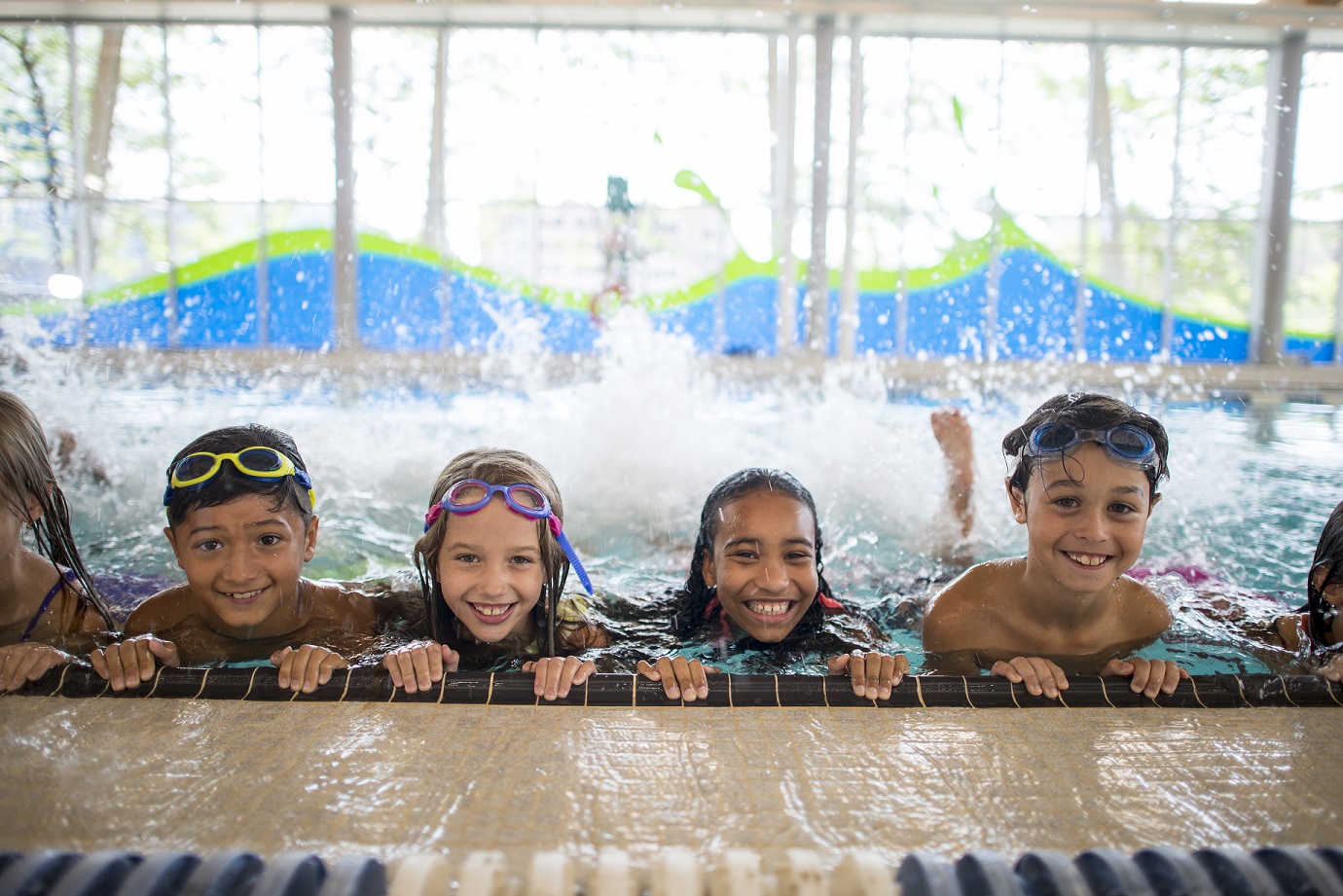May is the start of swimming season, and that means pools are bustling and families are spending more time in and around the water. Appropriately, May is also National Water Safety Month, which serves as an important reminder to always be vigilant whenever you and your family make a splash, especially if you have or care for young children. With that in mind, the U.S. Consumer Product Safety Commission (CPSC) offers a number of safety tips to prevent drownings as a part of its Pool Safely public education campaign.
Child drownings remain the leading cause of unintentional death among children ages 1 to 4 years old. The latest CPSC data show an average of 358 children under 15 died by drowning in a pool or spa every year from 2019-2021; 75% of those children were younger than 5; and there was a 12% increase in fatal child drownings in 2021 compared to 2020.
Other key findings from CPSC’s latest report include:
● Residential settings were by far the most common environment for fatal drownings, with at least 85% of drowning deaths involving children under 5 occurring in these locations.
● In 2023 alone, there were 6,200 non-fatal drowning injuries estimated for children under 15.
● May through August were the most common months for fatal drownings. From 2019-2021, there were an average of more than 230 drowning deaths for children under 15 in just those four months.
Arizona is consistently one of the states with the highest number of reported drownings. In 2024, Arizona was the top state for children who fatally drowned in pools and spas, with 14% of all pool and spa drownings happening here, according to data gathered by Total Aquatic Programming, LLC., a Pool Safely collaborator.
Certain groups are also especially vulnerable to drowning. CPSC staff is aware of somewhere between 7 and 8 million people in the United States with an Intellectual or Developmental Disabilities (IDD). Wandering away from supervision is a risk factor for drowning and is even greater risk for individuals with IDDs. Furthermore, an unsupervised individual with an IDD may be unable to communicate his or her distress to others if drowning or experiencing a consumer product-related injury. This puts them at elevated risk of drowning.
While it is impossible to eliminate the risk of drowning, there are several proactive measures you can take to help keep kids safer in the water, including these Pool Safely simple safety steps:
● Supervise Children at the Pool: Never leave children unattended in or around water. Even if a lifeguard is present, always designate an assigned Water Watcher to supervise young swimmers without any distractions.
● Install Proper Safety Barriers at Your Pool: Install important safety barriers like self-latching gates, pool door alarms, and non-climbable fences to prevent unsupervised children from accessing pools and spas. Check for these barriers when you are at a friend’s or vacation home pool, too.
● Teach Kids to Swim: Make sure that children receive proper swim instruction and are comfortable in the water. Your local YMCA or community center can be great places to register for free or reduced-cost swimming lessons.
● Ensure Pools Have Federally Compliant Drain Covers: Make sure pool drains comply with the Virginia Graeme Baker Pool and Spa Safety Act and teach children to keep away from drains to avoid dangerous entrapments.
● Achieve CPR Certification: Learn how to perform CPR on children and adults to intervene quickly in case of emergency.
For more information about each of these steps, visit: https://www.poolsafely.gov/parents/safety-tips/.
While pools may be an obvious drowning risk, young children also can drown in as little as one inch of water. Hidden hazards found in the home include appliances or containers such as bathtubs, buckets, or toilets.
CPSC has important safety tips for you to help prevent in-home drownings too:
● NEVER leave a baby alone, or with young children, in a bathtub even for a second. Always keep a baby within arm’s reach. Children can drown quickly and silently.
● Keep the toilet lid down, and keep young children out of the bathroom when unsupervised. Consider placing a latch on the bathroom door out of reach of young children.
● Be sure all containers with liquids are emptied immediately after use. Do not leave empty containers in yards or around the house where they may accumulate water and attract young children.
● Always secure the safety cover on your spa or hot tub.
This swim season, with drowning injuries and fatalities remaining high, it is crucial for families to remain committed to water safety. Before hitting the pool, make sure you know the facts and follow the safety steps that can keep your family safer this summer and beyond.






